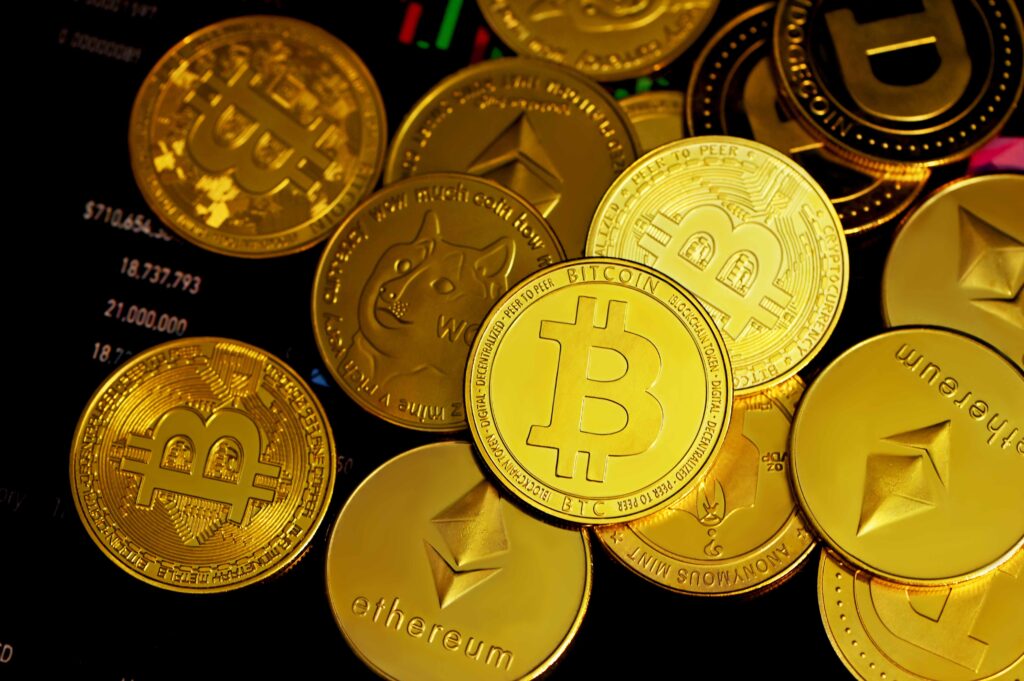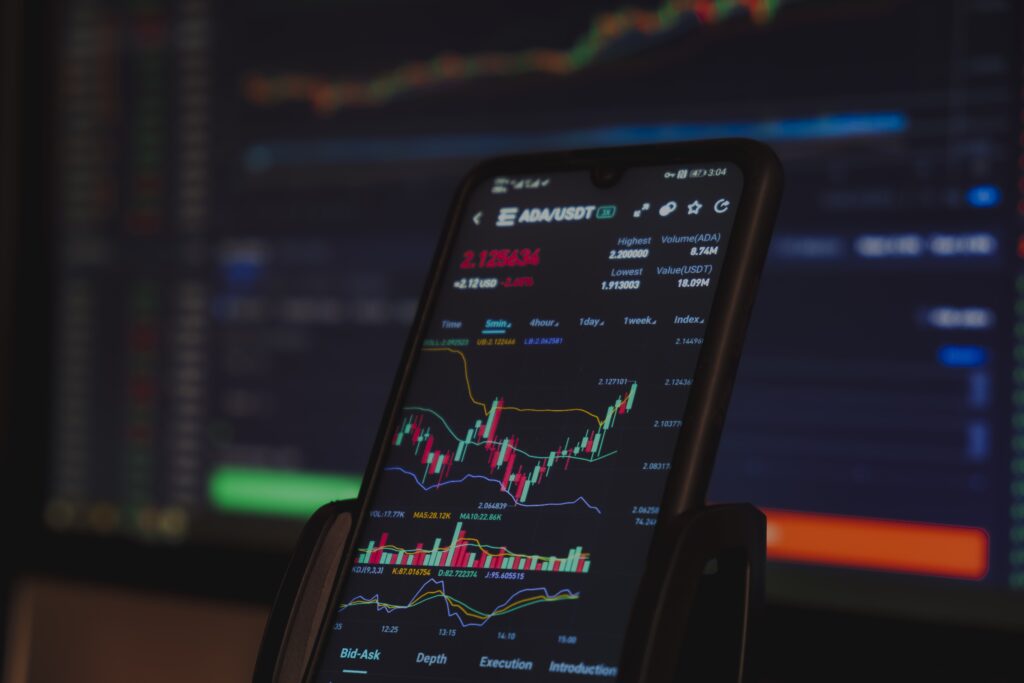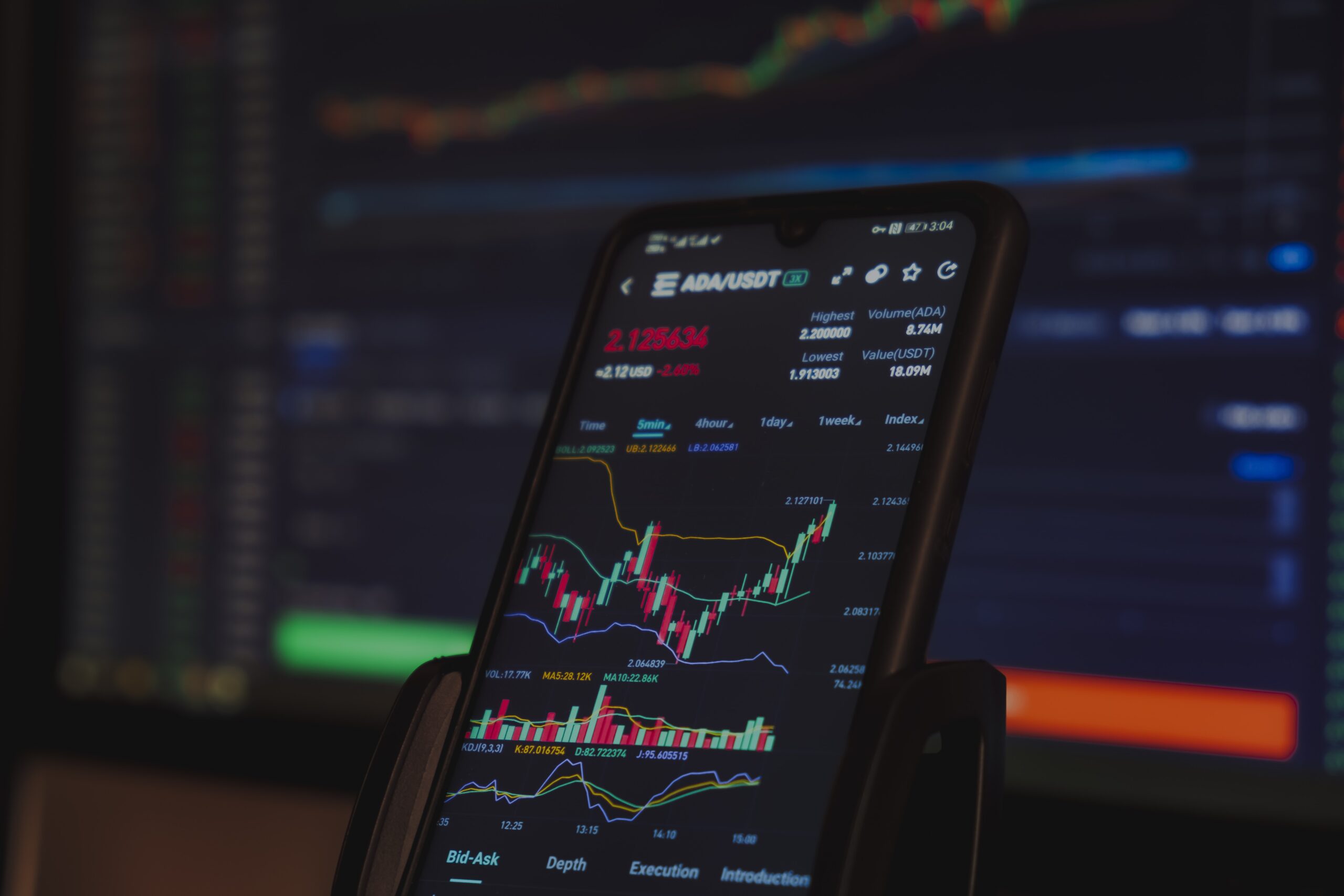Get ready to explore an exciting digital currency known as USD Coin (USDC). This cryptocurrency offers the convenience and stability of the US dollar, while harnessing the technological potential of blockchain. With USDC, you can dive into a world of fast and secure transactions, enabling efficient cross-border payments, smart contract execution, and more. Join the digital revolution and discover how USD Coin is transforming the way we handle money in this increasingly digital age.

What is USD Coin (USDC)
Overview
USD Coin (USDC) is a type of cryptocurrency known as a stablecoin. Designed to maintain a stable value in relation to the US dollar, USDC offers a secure and reliable method for digital transactions. It is an ERC-20 token built on the Ethereum blockchain, which means it operates on a decentralized network with no central authority controlling its issuance or transactions.
History
USD Coin was launched in September 2018 by Circle and Coinbase, two prominent companies in the cryptocurrency industry. The goal was to create a stable and transparent digital asset that could bridge the gap between traditional financial systems and the emerging world of cryptocurrencies.
Purpose
The primary purpose of USD Coin is to provide a trustworthy and stable digital currency that can be used for various transactions. By pegging its value to the US dollar, USDC offers stability to users who want to mitigate the volatility commonly associated with other cryptocurrencies. It aims to serve as a reliable medium of exchange, store of value, and unit of account.
How USD Coin Works
Tokenization Process
The tokenization process for USD Coin starts with the deposit of US dollars in a regulated bank. These dollars are then transferred to a custodian, a company responsible for holding the collateral. After the deposit is verified, the corresponding amount of USDC tokens is minted and sent to the user’s digital address. When a user wants to redeem their USDC for US dollars, the tokens are burned and the equivalent amount of US dollars is released to the user.
Collateralization
USD Coin is backed by a reserve of assets, including US dollars and cash equivalents, held in bank accounts. Circle, the company behind USDC, publishes monthly attestations from a top-five global accounting firm to confirm the reserves are in line with the amount of USDC tokens in circulation. This collateralization ensures that each USDC token has a one-to-one value with the US dollar.
Smart Contract Technology
Smart contracts, which are self-executing contracts with the terms of the agreement directly written into lines of code, play a critical role in the operation of USD Coin. They facilitate the tokenization process, ensuring the proper validation of deposits and the issuance and redemption of USDC tokens. Smart contracts also enable the seamless transfer of USDC between different parties on the Ethereum blockchain.
Benefits of USD Coin
Stability
One of the biggest benefits of USD Coin is its stability. Unlike other cryptocurrencies like Bitcoin or Ethereum, the value of USDC remains relatively constant, as it is tied to the US dollar. This stability makes it an attractive option for individuals and businesses looking for a reliable digital asset for everyday transactions. Whether you’re buying goods and services or simply transferring funds, USD Coin provides peace of mind by eliminating the price volatility found in other cryptocurrencies.
Global Accessibility
USD Coin offers global accessibility, allowing users from all over the world to participate in digital transactions with ease. As long as you have an internet connection, you can send and receive USDC tokens instantly, regardless of your location. This accessibility is especially valuable for individuals in regions with limited banking infrastructure or unstable local currencies. It opens up new opportunities for financial inclusion and empowers individuals to participate in the global economy.
Efficiency
Thanks to its integration with blockchain technology, USD Coin offers enhanced efficiency compared to traditional financial systems. Transactions can be completed quickly and securely, with reduced fees and minimal reliance on intermediaries. This streamlined process eliminates the need for lengthy verification processes and reduces the risk of human error. By leveraging the power of decentralized networks, USD Coin provides a more efficient and cost-effective solution for digital transactions.
The Role of USD Coin in the Crypto Market
Stablecoin Market
USD Coin occupies a significant position within the stablecoin market. As the second-largest stablecoin by market capitalization, it has gained widespread acceptance and trust from users and investors. With its strong focus on transparency and investor protection, USD Coin has become an essential tool for traders to navigate the volatile cryptocurrency market while maintaining stability.
Cryptocurrency Exchanges
USD Coin plays a crucial role in cryptocurrency exchanges, acting as a reliable store of value and a medium of exchange. By providing a stable digital asset that can be readily converted to other cryptocurrencies, USDC allows users to move seamlessly between different assets within the crypto ecosystem. It serves as a safe haven during periods of market volatility and provides a convenient way to enter or exit the cryptocurrency market.
Cross-Border Payments
The use of USD Coin has significant implications for cross-border payments. Traditional methods of transferring funds internationally can be costly, time-consuming, and subject to various inefficiencies. USD Coin offers a faster and more cost-effective alternative, allowing individuals and businesses to send and receive funds across borders seamlessly. With the ability to settle transactions in a matter of minutes, USDC has the potential to revolutionize cross-border payments and promote global financial inclusion.

Regulation and Compliance
Regulatory Framework
USD Coin operates within a clear and comprehensive regulatory framework. As a stablecoin, its stability relies on its compliance with financial regulations and its transparent approach to reporting its reserves and operations. Circle, the company behind USDC, adheres to the highest standards of regulatory compliance, working closely with authorities to ensure a robust and secure digital asset.
KYC and AML Compliance
KYC (Know Your Customer) and AML (Anti-Money Laundering) compliance are crucial aspects of USD Coin’s regulatory compliance. Circle requires all users to go through a strict verification process, ensuring that only legitimate individuals and entities have access to USDC. By enforcing these measures, USD Coin maintains a high level of transparency and security, preventing illicit activities such as money laundering and terrorist financing.
Auditing
To further bolster trust and transparency, USD Coin undergoes regular audits by top accounting firms. These audits verify the reserves backing the USDC tokens and confirm that the collateralization ratio is maintained at one-to-one. By subjecting itself to independent scrutiny, USD Coin demonstrates its commitment to accountability and investor protection.
Partnerships and Integration
Circle
Circle, the company behind USD Coin, has established numerous partnerships to expand the utility and adoption of USDC. It has collaborated with various financial institutions, payment processors, and blockchain protocols, creating a robust ecosystem for the use of USDC. These partnerships enable Circle to offer seamless integration with existing financial infrastructure, bridging the gap between traditional finance and the digital realm.
Coinbase
Coinbase, one of the largest cryptocurrency exchanges in the world, is another key partner in the USD Coin ecosystem. As a founding member of the CENTRE Consortium, Coinbase played a critical role in the development and launch of USDC. By listing USDC on its platform, Coinbase provides a trusted and regulated marketplace for users to buy, sell, and hold USDC, further increasing its accessibility and adoption.
DeFi Platforms
USD Coin has gained significant traction within the world of decentralized finance (DeFi). DeFi platforms, built on blockchain technology, aim to provide traditional financial services without the need for intermediaries. Many DeFi platforms have integrated USDC, allowing users to lend, borrow, and earn interest on their USDC holdings. By participating in the DeFi ecosystem, USD Coin extends its utility and offers attractive opportunities for earning passive income.

Competition and Comparison
Tether (USDT)
Tether (USDT) is perhaps the most well-known stablecoin and a significant competitor to USD Coin. Both USDT and USDC aim to provide stability and a one-to-one peg to the US dollar. However, one key difference between the two is the level of transparency. While USD Coin is known for its robust compliance and transparency measures, Tether has faced criticism regarding its reserves and lack of audits. These differences in approach have led many users and investors to favor USD Coin as a more trustworthy stablecoin.
TrueUSD (TUSD)
TrueUSD (TUSD) is another stablecoin that operates similarly to USD Coin. Like USDC, TrueUSD strives for transparency and compliance with regulatory requirements. However, one key distinction is that TrueUSD operates on multiple blockchains, including Ethereum and TrustToken’s own TrustChain. While diversity in blockchain options may offer some advantages, USD Coin’s strong presence within the Ethereum ecosystem has given it an edge in terms of accessibility and integration with existing platforms.
Dai (DAI)
Dai is a decentralized stablecoin that operates on the Ethereum blockchain. Unlike USD Coin, Dai achieves its stability through a unique mechanism called collateralized debt positions (CDPs). Users lock up other cryptocurrencies as collateral to generate Dai tokens, which are pegged to the US dollar. While Dai offers a decentralized and versatile stablecoin solution, it has faced challenges in maintaining its peg during periods of high market volatility. USD Coin’s centralized approach and direct peg to the US dollar provide greater stability, particularly in times of market stress.
Challenges and Risks
Counterparty Risk
One potential risk associated with USD Coin is counterparty risk. While the reserves backing USDC are audited and attestations are published regularly, there is still a degree of reliance on Circle, the custodian of the reserves. Any mismanagement or dishonesty on Circle’s part could pose a risk to the stability and value of USDC. However, Circle’s track record and commitment to transparency help mitigate this risk to a large extent.
Government Regulation
Government regulation poses another challenge for USD Coin and the stablecoin market as a whole. As stablecoins gain popularity, regulators are paying closer attention to their operations and potential systemic risks. Changes in regulations or the introduction of new legislation could impact the ability of stablecoins to operate in certain jurisdictions or impose stricter compliance requirements. However, USD Coin’s proactive approach to regulatory compliance puts it in a favorable position to navigate these challenges and continue to provide a stable and secure digital asset.
Cybersecurity Risks
As a digital asset, USD Coin is exposed to cybersecurity risks. Hacking attempts, malware, and other cybersecurity threats could compromise the integrity of the platform and put user funds at risk. However, USD Coin’s reliance on blockchain technology provides inherent security features, and Circle employs robust security measures to protect against potential threats. Ongoing monitoring and proactive measures are essential to stay ahead of emerging cybersecurity risks.
Future Potential and Adoption
Mainstream Acceptance
USD Coin has the potential for mainstream acceptance as an alternative to traditional fiat currencies. Its stability and familiarity make it an attractive digital asset for individuals and businesses looking to engage in digital transactions without the volatility associated with other cryptocurrencies. The growing acceptance and integration of stablecoins in various sectors of the economy pave the way for USD Coin to become a widely recognized and adopted form of digital currency.
Central Bank Digital Currencies
The emergence of central bank digital currencies (CBDCs) presents both challenges and opportunities for stablecoins like USD Coin. As governments explore the development of their own digital currencies, the demand for private stablecoins may be influenced. However, USD Coin’s compliance with existing regulations and its established track record give it an advantage in terms of usability and ease of integration with existing financial systems. It has the potential to coexist and interact with CBDCs, offering a bridge between the traditional financial system and the digital economy.
Financial Inclusion
USD Coin has the potential to foster financial inclusion, particularly in underserved regions or populations with limited access to traditional banking services. By providing a stable digital asset that can be easily accessed and utilized, USD Coin enables individuals to participate in the global economy and transact with greater freedom and flexibility. Whether it’s remittances, cross-border payments, or access to decentralized financial services, USD Coin offers an avenue for financial empowerment and inclusion.
Conclusion
USD Coin (USDC) stands as a reliable and stable digital asset within the ever-expanding cryptocurrency landscape. With its focus on transparency, compliance, and stability, USDC has gained widespread acceptance and use cases across various sectors of the economy. As more users and businesses look for a trustworthy digital currency that combines the benefits of blockchain technology with the stability of fiat currencies, USD Coin continues to evolve and pave the way for a more inclusive and accessible financial future.

